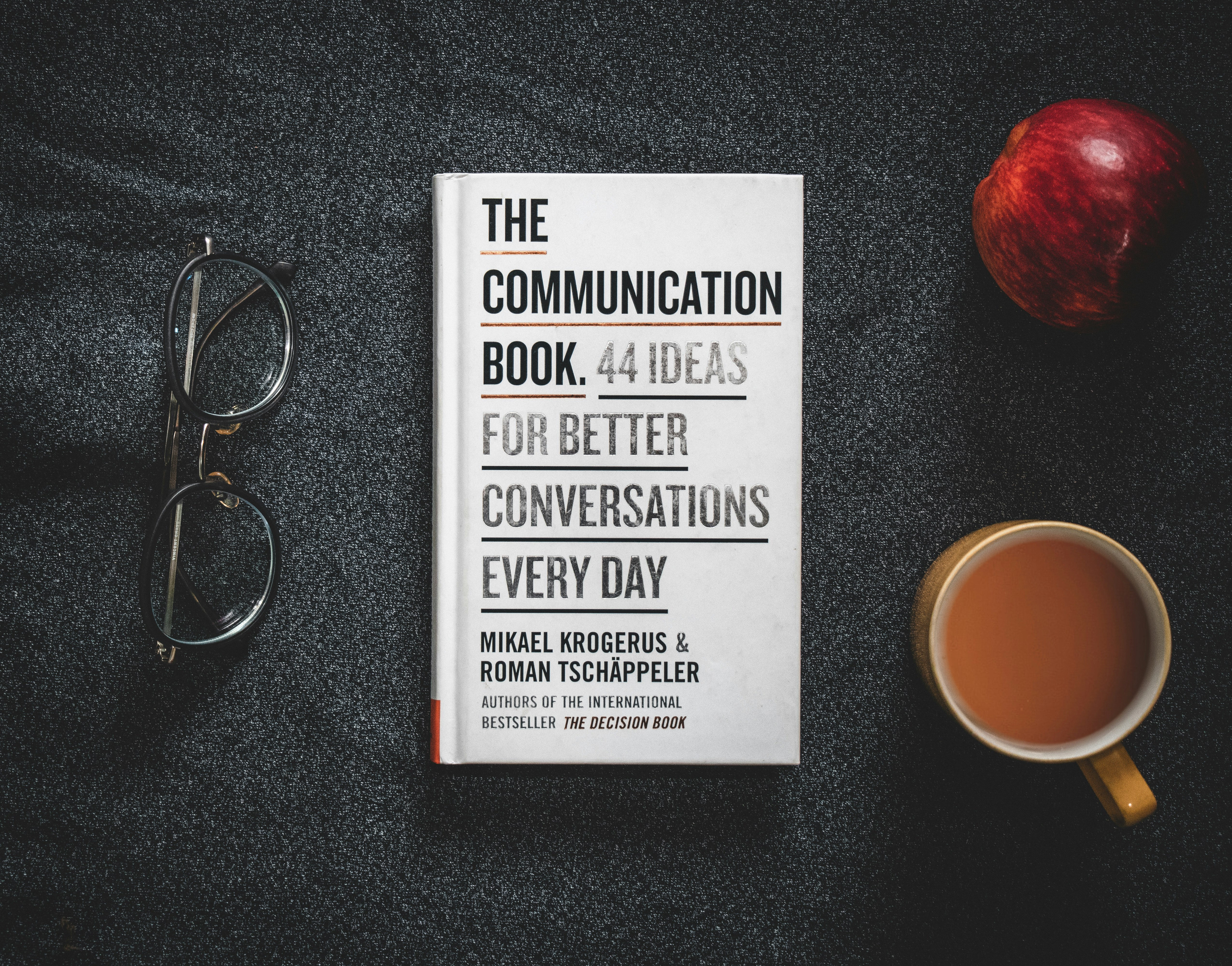Harness Nostalgia Marketing: Cultivate Emotion and Drive Growth
In an era where brand loyalty is constantly tested by fierce competition, small businesses must find ways to connect with their audiences meaningfully. One effective strategy that has been making waves is nostalgia marketing. By tapping into consumers’ fond memories and emotions, small enterprises can foster stronger connections, driving both loyalty and growth. This article explores how solo entrepreneurs and small business owners can harness the power of nostalgia marketing to create memorable experiences that drive engagement and sales.
Understanding Nostalgia Marketing
Nostalgia marketing is a concept that leverages individuals' emotional connections to their past, evoking sentiments that resonate with the target audience. This could be done through retro-themed advertisements, the revival of old products, or storytelling methods that remind customers of simpler times. As the adage goes, “History repeats itself,” and many businesses find success in reliving past trends by forging emotional bonds with their audience.
The Psychology Behind Nostalgia
Why does nostalgia have such a powerful impact on consumer behavior? Studies show that nostalgia acts as a psychological buffer against stress and uncertainty, generating feelings of warmth and comfort. When brands tap into nostalgic themes, they appeal to their customers' emotional and sensory experiences. As revealed in research from Psychology Today, nostalgia enhances feelings of social connectedness and self-continuity, making customers more inclined to engage with brands that evoke these memories.
But how exactly can small businesses tap into this powerful tool?
Crafting an Authentic Nostalgic Experience
To successfully integrate nostalgia marketing into your strategy, you must first identify which memories resonate with your target audience. Here are some actionable tips for small businesses to create that nostalgic connection:
1. Conduct Audience Research
Understanding your customers is paramount. What memories do they cherish? This could involve surveying them directly or analyzing feedback on social media. Look for common elements from your community’s past that can link back to your brand.
For instance, a community bookstore might highlight literary classics that residents grew up reading. Similarly, a café can frame a menu inspired by childhood lunch boxes, evoking warm memories of school days.
2. Utilize Throwback Campaigns
Consider launching marketing campaigns that showcase throwback visuals or products. A great example is a local diner that introduces a limited-time retro menu featuring dishes from the 1980s. Customers will flock to capture their memories and experience the return of flavors they associate with their past.
These campaigns don’t need to be confined to food and beverages; they can apply to clothing, services, or any consumer goods. When you bring back an item from the past, remind your audience through storytelling why these products were beloved.
Example: Reviving Icons
Brands like Coca-Cola often revive retro advertisements to resonate with older generations while captivating younger audiences through the 'vintage look.' This directs consumer attention to the brand’s legacy and establishes a stronger emotional connection with the product.
3. Tell Compelling Stories
Storytelling allows small businesses to create a personal connection with their audience by narrating stories from your brand’s history or encouraging customers to share theirs. Start a blog series or a social media campaign inviting customers to share their nostalgic memories tied to your products or services.
According to Harvard Business Review, stories evoke emotions that strengthen bonds. By inviting customers into your narrative, you not only engage them but also create a community that feels a part of your brand journey.
4. Design a Vintage Aesthetic
Visual elements play a significant role in invoking nostalgia. Utilize design cues, colors, typography, and packaging reminiscent of years gone by. A packaging redesign that captures the essence of the past can make a significant impact on brand perception. Instagram followers often engage more with a vintage aesthetic, making it an effective strategy to share through posts.
For instance, a small bakery might choose to package their goods in retro-inspired wrappers that remind customers of their grandmother's kitchen, drawing them back to wholesome memories.
5. Embrace Local Heritage
Highlighting local culture and heritage can help strengthen your nostalgic marketing strategy. Embrace the unique history of your locality and create campaigns around it. Celebrate local heroes, landmarks, or folklore that resonate with your community and allow your brand to act as a vessel for cultural storytelling.
A local coffee shop might feature artists from the area, blending the local culture into their offerings. When your audience sees their heritage reflected in your branding, they are more likely to foster loyalty.
6. Create Events Around Nostalgia
Another strategy involves organizing community events that evoke a sense of nostalgia. Think theme nights, pop-up shops, or community picnics that feature activities centered around past trends (think ‘90s movie trivia or retro video game tournaments).
Bringing people together under the shared experience of nostalgia not only helps in community building but can exponentially grow your customer base.
Building Loyalty through Emotional Connections
The primary goal of nostalgia marketing is forging genuine emotional connections with customers. When you evoke feelings of nostalgia, customers can associate your brand with positive emotions and fond memories, leading to increased loyalty.
Why Loyalty Matters
In today's competitive marketplace, acquiring new customers often costs five times more than retaining existing ones. Loyal customers not only make repeat purchases but are also more likely to refer your business to others. This principle is widely acknowledged in marketing – brands that focus on customer retention often see higher profit margins than those that only pursue new customers.
Transforming Nostalgia into Loyalty
Once you successfully create emotional connections through nostalgia marketing, the next goal is turning these feelings into loyalty. Here’s how:
Leverage Loyalty Programs
Consider integrating your nostalgic campaigns into a rewarding loyalty program. For instance, customers could earn points for sharing their nostalgia experiences or participating in nostalgia-themed events. A local brewery might offer discounts for those who share their favorite beer from their youth, thus fostering engagement while boosting sales.
Communicate Regularly
Make sure you remain engaged with your audience even after they've made a purchase. Use social media and newsletters to keep nostalgia alive. Regularly communicate with past customers by sharing throwback insights, old memories surrounding your brand, and upcoming nostalgic events.
Analyzing the Impact of Nostalgia Marketing
Tracking the effectiveness of your nostalgia marketing campaigns is crucial. Here are some ways to analyze their impact:
Data-Driven Insights
Utilize analytics tools to monitor engagement levels on social media, website traffic, and conversion rates during campaigns. Measuring customer feedback through surveys also yields valuable insights that can inform future strategy adjustments.
For a better understanding of your strategy's success, it's essential to set clear KPIs related to brand awareness, customer engagement, and sales figures affected by nostalgia-focused initiatives.
Customer Feedback Loops
Implement a feedback process whereby customers can communicate their thoughts about your nostalgic marketing techniques. Use their insights to refine your approach and fully embrace the positive but also constructive criticism.
Final Thoughts
Incorporating nostalgia marketing into your small business strategy offers a unique approach to deepening emotional connections with your audience. By leveraging shared memories and feelings, your brand can become part of your audience’s storytelling. This creates a thriving community, boosting customer loyalty and driving growth in ways your business might never have imagined.
As you embark upon this nostalgic journey, keep honing your voice and story, inviting both old and new customers to resonate with your brand’s memory-laden offerings. For more insights on driving growth through innovative strategies, read our blog on skyrocketing small business growth and explore whimsical branding as a creative alternative strategy.


















